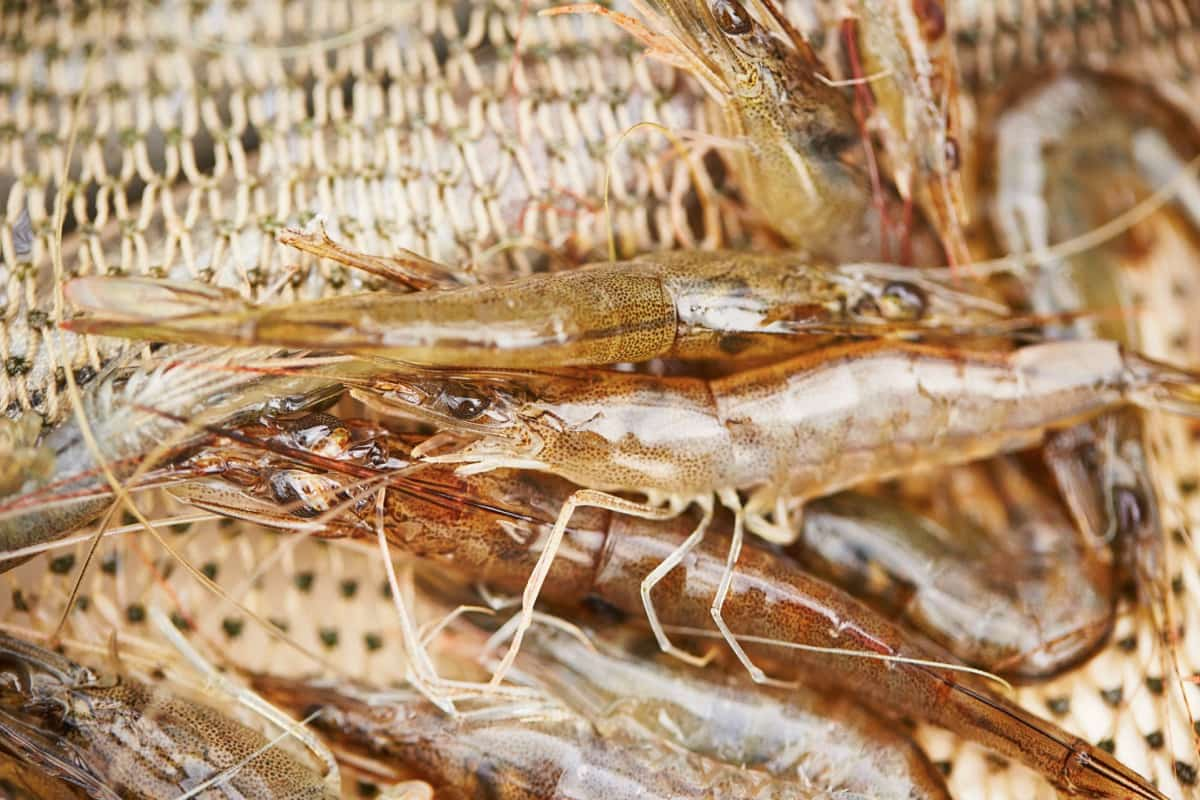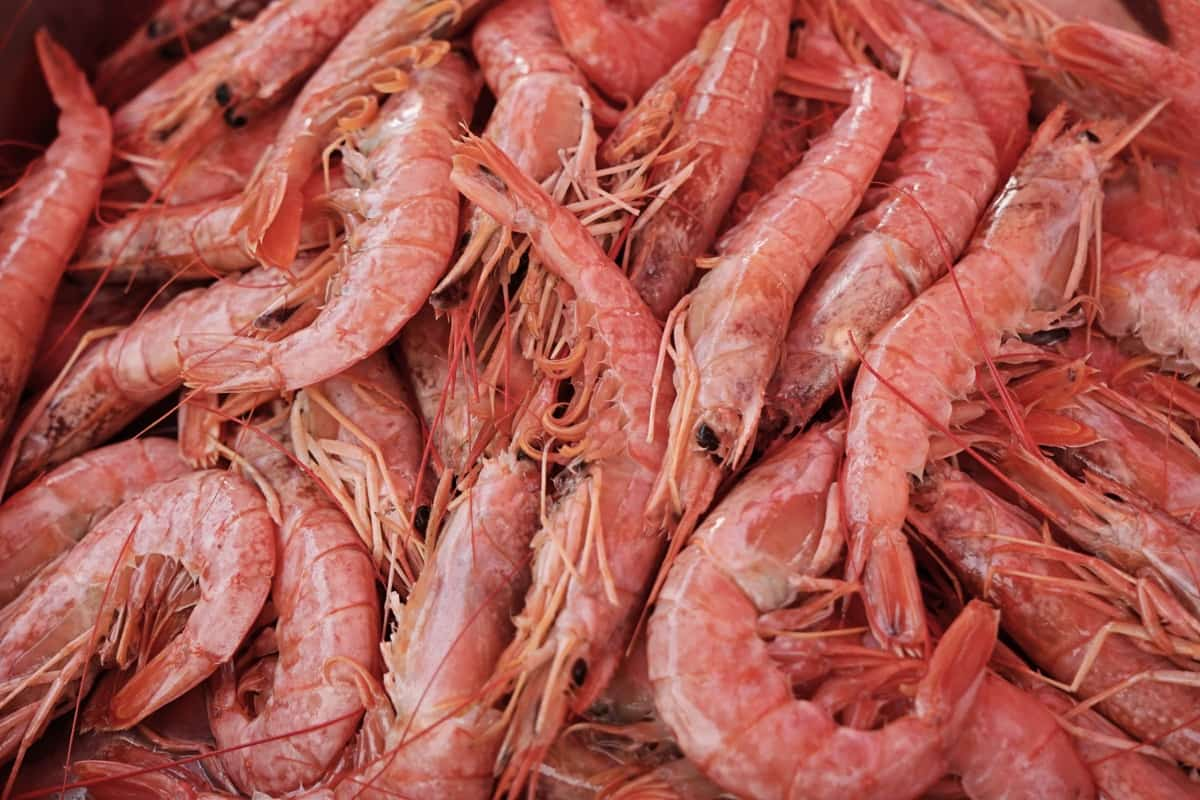Shrimp farming, a thriving and crucial aquaculture component, holds immense potential as a sustainable food source for a growing global population. However, the profitability and sustainability of shrimp farming can often be threatened by several common mistakes, leading to reduced productivity, disease outbreaks, and severe environmental issues. This article outlines the top ten mistakes made in shrimp farming and suggests methods to avoid these pitfalls, enhancing the health and productivity of your shrimp farm.

Top 10 Common Mistakes to Avoid in Shrimp/Prawn Farming
Insufficient Water Quality Management
A prominent issue threatening the success of shrimp farming is insufficient water quality management. This often leads to poor water quality in shrimp farming, a common problem posing dire consequences on shrimp health, growth, and survival rates. Lack of adequate filtration, uncontrolled nutrient levels, and harmful pollutants can deteriorate water quality, making it hostile for shrimp survival. Poor water management can also encourage harmful algal blooms and create anoxic conditions, further stressing shrimp and increasing their disease susceptibility.
Avoiding these issues requires regular monitoring and maintenance of water quality. Implementing efficient filtration systems, maintaining optimal nutrient levels, and avoiding overfeeding are some measures to ensure high water quality. Water changes and additions should also be carefully monitored to avoid sudden fluctuations in water parameters such as pH, temperature, and salinity, which can stress and harm shrimp.
Neglecting Proper Pond Preparation and Maintenance
The success of shrimp farming heavily relies on proper pond preparation and maintenance. Farmers often neglect these essential steps, leading to many problems in shrimp farming. If pond preparation isn’t carried out thoroughly, remnants of harmful bacteria, parasites, or toxic substances can harm shrimp.
To avoid these complications, the pond must be drained, dried, and disinfected after each harvest, replenishing it with clean, high-quality water. Regular maintenance is also crucial. Any pond lining or structure damage should be repaired promptly to prevent water leaks and maintain optimal water levels. Monitoring for and removing potential predator species can also increase shrimp survival rates.
Lack of Biosecurity Measures to Prevent Disease Outbreaks
Disease outbreaks are among the most serious threats to shrimp farming. A lack of biosecurity measures can increase the risk of disease introduction and spread, causing substantial losses. Biosecurity measures are paramount to prevent disease in shrimp farming. The absence of such measures can introduce disease through new shrimp stocks, equipment, personnel, or water sources.
Preventing disease in shrimp farming requires comprehensive biosecurity measures. Quarantine and health checks for new shrimp stocks, disinfection of equipment, and maintaining high water quality can reduce the risk of disease introduction. Disease monitoring and prompt response to any signs of disease are also crucial to prevent disease outbreaks and minimize their impact.
In case you missed it: Sustainable Shrimp Farming: The Future of Seafood Production

Inadequate Feeding and Nutrition Practices
Inadequate feeding and nutrition practices are common mistakes in shrimp farming. Overfeeding or underfeeding can stress shrimp and affect their health and growth. Moreover, providing a diet lacking essential nutrients can lead to poor growth rates, increased susceptibility to disease, and lower survival rates.
Avoiding this issue requires careful attention to feeding and nutrition. Shrimp should be fed the appropriate amount of a balanced, nutritionally complete diet. Monitoring shrimp feeding behavior and adjusting feeding rates can prevent overfeeding and underfeeding. Regular assessment of shrimp growth can also indicate whether their nutritional needs are being met.
Failure to Monitor and Maintain Optimal Water Temperature
Failure to monitor and maintain optimal water temperature is a common mistake that can stress shrimp and impede their growth. Shrimp can tolerate a certain range of temperatures, but sudden changes or temperatures outside this range can harm them.
Monitoring water temperature and maintaining it within the optimal range for the specific shrimp species being farmed is crucial to prevent this issue. This can be achieved by using heaters or coolers as needed and avoiding adding large volumes of water at significantly different temperatures. Shading ponds during extremely hot periods can also help maintain a stable water temperature.
Overstocking and Improper Stocking Densities
Overstocking can lead to resource competition, heightened stress levels, and increased disease transmission, ultimately resulting in poor growth and high mortality rates. Avoiding this issue requires careful planning and monitoring. The stocking density should be determined based on the pond’s carrying capacity, considering water quality, available food, pond size, and disease risk. Regular monitoring of shrimp health and growth can also help detect any issues related to overstocking early and allow for timely intervention.
Ignoring Signs of Disease and Delaying Treatment
Ignoring signs of disease and delaying treatment is a critical mistake in shrimp farming. Early signs of disease can be subtle and may include changes in shrimp behavior, feeding patterns, or coloration. Farmers must regularly monitor their shrimp for signs of disease and act swiftly at the first sign of trouble. This includes isolating affected shrimp, treating the disease if possible, and enhancing biosecurity measures to prevent further spread. Additionally, regular health checks by a professional can aid in early disease detection and treatment.
Inadequate Aeration and Oxygenation in Ponds
Oxygen is essential for shrimp survival and growth. However, inadequate aeration and oxygenation in ponds is a common mistake in shrimp farming. Shrimp can become stressed, display reduced growth rates, and experience increased mortality without sufficient oxygen. Furthermore, low oxygen levels can exacerbate issues related to poor water quality and disease.
Ensuring adequate aeration and oxygenation involves monitoring oxygen levels and using aeration devices to maintain optimal levels, especially during the night when oxygen levels naturally drop. It’s also important to avoid overstocking, as high stocking densities can rapidly deplete oxygen levels.
Poor Sediment and Waste Management
Accumulated waste and sediment can degrade water quality, lead to disease outbreaks, and harm the surrounding environment. Waste materials can include uneaten food, feces, and dead shrimp, which can encourage harmful bacteria and algal blooms. Regular cleaning and removal of waste materials from the pond are necessary to manage waste and sediment effectively. Using feed efficiently to minimize waste, implementing sediment traps, and treating wastewater before discharge can also improve waste management.
In case you missed it: 10 DIY Essential Steps to Prevent and Treat Shrimp Diseases

Neglecting Regular Monitoring of Water Parameters and Health Indicators
Regular monitoring is essential to maintain optimal conditions and detect any issues early. Ignoring regular monitoring can lead to undetected problems, such as poor water quality, disease outbreaks, or stress conditions, that can harm shrimp and lead to significant losses. Farmers should regularly monitor water parameters, including temperature, pH, salinity, and oxygen levels, and adjust them as needed. Regular health checks for signs of disease, stress, or poor growth are also crucial. Furthermore, keeping accurate records of monitoring results can help identify patterns and predict potential issues.
- Feed Your Flock for Less: Top 10 Tips to Save on Chicken Feed
- Ultimate Guide to Ossabaw Island Hog: Breeding, Raising, Diet, and Care
- Hatching Answers: The Top 10 Reasons Your Chickens Aren’t Laying Eggs
- Eggs and Economics: Breaking Down the Cost of Raising Backyard Chickens
- Defend Your Greens: Proven Methods to Keep Iguanas Out of Your Garden
- Ultimate Guide to Cinnamon Queen Chicken: A Comprehensive Guide for Beginners
- Ultimate Guide to California Tan Chicken: Breeding, Raising, Diet, Egg-Production and Care
- Ultimate Guide to Marsh Daisy Chicken: Breeding, Raising, Diet, and Care
- 10 Types of Chicken Farming Businesses You Can Start for Profits